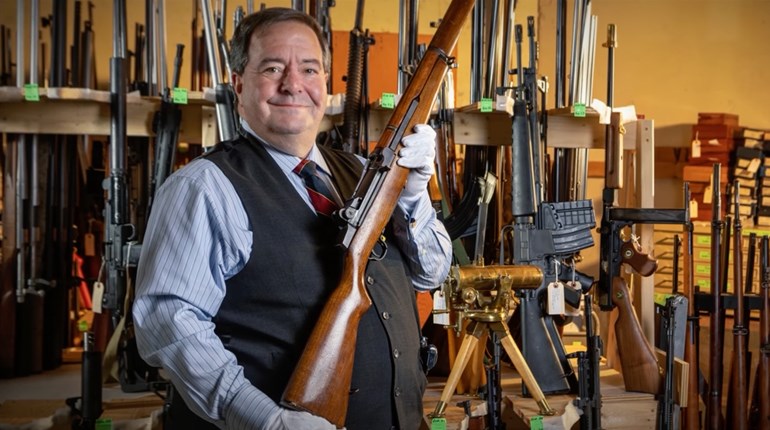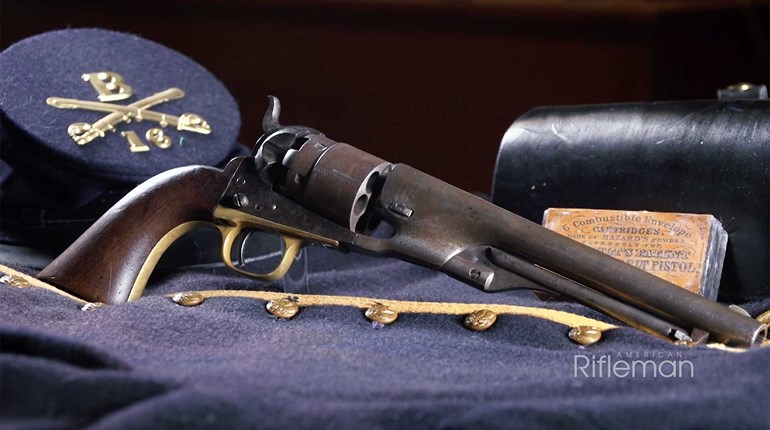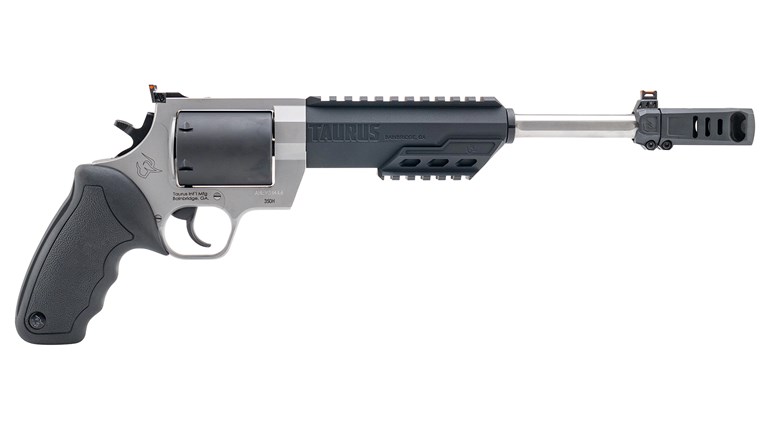
Early in the history of competitive pistol shooting, the Massachusetts-based United States Revolver Association was a major entity. The USRA had a slow decline in importance as NRA-sanctioned pistol sports grew exponentially during the early 20th century. The below is an excerpt from the 1978 book, Olympic Shooting, written by Col. Jim Crossman and published by the NRA.
The United States Revolver Association
By Col. Jim Crossman
You would not expect that the United States Revolver Association would have been founded by Frenchmen, but it is surprising to learn that it was founded because of Frenchmen.
During the 10 years or so before 1900, the French were quite active in handgun shooting. One of the sights of Paris was the famous Gastinne-Rennette shooting gallery, which incidentally was still going strong 50 years later. American shooters who visited the gallery were much impressed by some of the French shooting and they entered into informal matches with much interest. Walter Winans and Reginald Sayre were among the Americans who visited the gallery around the turn of the century, while Lt. Sumner Paine, who was stationed in Paris at the time, was a regular competitor. The result of all this was the idea to hold a match between the handgun shooters of the two countries. Gastinne-Rennette proposed the idea to Capt. James Conlin, saying that the French had already formed an organization and were ready to go. Conlin owned a shooting gallery in New York, and he and Sayre called a meeting of interested pistol shooters.
As a result of this meeting, the United States Revolver Association was formed in 1900. Sayre was an officer for many years, including several years as president in the early 1920s. The new organization did hold the match with the French and beat them handily. From being concerned with international matches, the USRA switched its attention to promoting pistol shooting in the United States. In 1903 it published the rules for handgun shooting and for establishing records, and accepted the handgun records which had been kept for many years by A. C. Gould, editor of Shooting and Fishing.
The United States Revolver Association selected, trained and financed Olympic pistol teams from 1908 to World War I, including those of 1908, 1912, 1920, 1924, 1932 and 1936. Since that time, however, the influence of the USRA waned and it went on to play a secondary part in Olympic activities.
In the early days of its existence, the National Rifle Association of America was interested primarily in rifle shooting activities and its officers encouraged the formation of the United States Revolver Association. Later the NRA became more active in the pistol games, and for some years at the National Matches there were some handgun matches sponsored by the USRA and other handgun matches sponsored by the NRA.
By the end of World War I, the United States Revolver Association was in difficulty. Most of its matches were postal events rather than shoulder to shoulder; it had no national headquarters and no publication. For a couple of years the NRA magazine carried a page of news for USRA shooters.
The NRA pistol program, based on shoulder-to-shoulder matches, has grown steadily through the years and finally overwhelmed the United States Revolver Association effort.
The interests of the USRA and the NRA were often the same and many individuals belonged to both groups. Officers of one organization frequently were—or had been—officers of the other organization.
The USRA was still in existence in 1978 and boasted a number of supporters. It still conducts postal matches in a modest sort of way and puts out a periodic publication. The headquarters is in Springfield, Massachusetts, long the center of USRA shooting. It is not a member of the UIT, but it maintains membership in Group C of the United States Olympic Committee and exercises some small influence on Olympic shooting, although NRA is the national governing body for the sport.
Note: By the 2020s, the United States Revolver Association was no longer an active organization, although one at least one historian maintained info about USRA for many years after its demise—Ed.



































